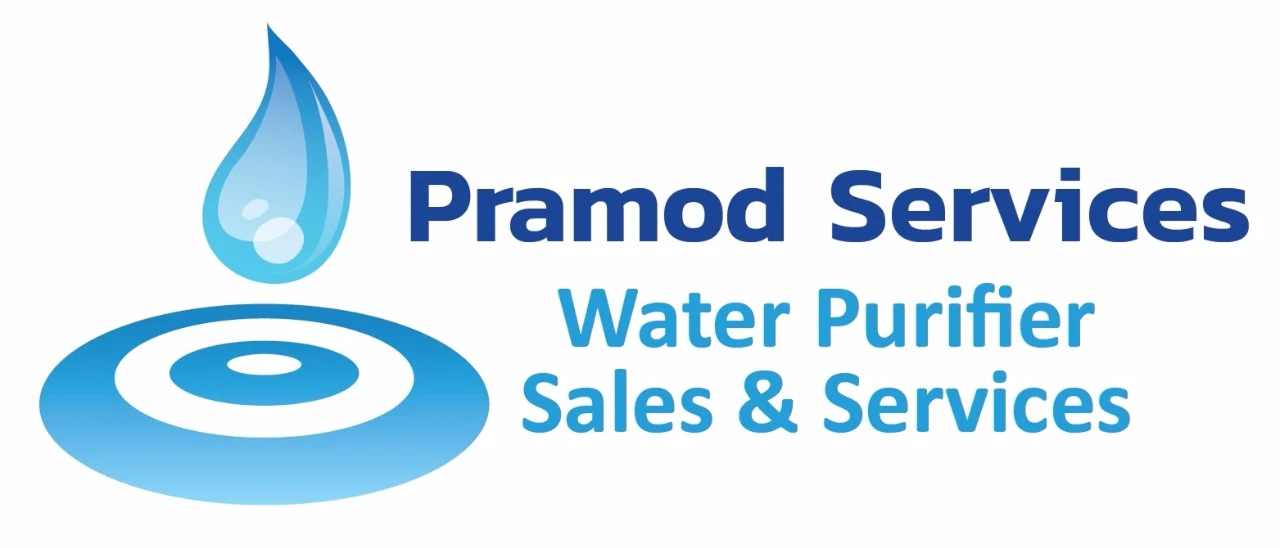A 500 liters per hour (LPH) Reverse Osmosis (RO) plant typically includes components like a raw water pump, multimedia filters (activated carbon and sand filters), a high-pressure pump, RO membranes, and a control panel. Specifications vary by manufacturer, but generally, these plants are designed for brackish or slightly contaminated water, with a maximum Total Dissolved Solids (TDS) level of around 2000-3000 ppm. Here's a more detailed breakdown of the components and specifications: 1. Raw Water Pump: Purpose: To draw water from the source and feed it into the filtration system. Capacity: Often around 0.5 HP, with a head of 15 meters (or more), according to some commercial RO plant providers. Make: Kirloskar or Crompton Greaves are common brands, according to a technical document. 2. Multimedia Filters (Activated Carbon and Sand Filters): Purpose: To remove suspended solids, dirt, iron, and chlorine, protecting the RO membrane from fouling. Media: Typically include activated carbon and sand, according to some commercial RO plant providers. Configuration: Often housed in FRP (Fiber Reinforced Plastic) vessels, with multi-port valves for backwashing. 3. High-Pressure Pump: Purpose: To pressurize the water to overcome the osmotic pressure of the RO membrane, ensuring efficient water filtration. Capacity: Typically 1.0-2.0 kW, with a flow rate of 3500 liters per hour and a head of 125 meters. Make: CRI or Sumo are common brands, according to some commercial RO plant providers. 4. RO Membranes: Purpose: To remove dissolved salts, minerals, and other impurities from the water. Type: Typically thin-film composite (TFC) or polyamide membranes. Size: 4040 (4-inch diameter, 40-inch length) is a common size for commercial RO plants, according to some commercial RO plant providers. Number: 500 LPH systems usually have two membranes in a single housing. 5. Control Panel: Purpose: To control and monitor the operation of the RO plant, including pressure, flow rate, and other parameters. Automation: Can be semi-automatic or fully automatic, depending on the system. 6. Other Components: Micron filter: To remove finer suspended particles. Dosing pump: To add chemicals for pre-treatment or cleaning. Pressure gauges: To monitor pressure at various points. Flow meters: To measure the flow rate of water. RO membrane housing: Typically made of stainless steel or FRP. 7. Recommended Conditions: Inlet TDS: Up to 3000 ppm, according to some commercial RO plant providers.
Send Message








